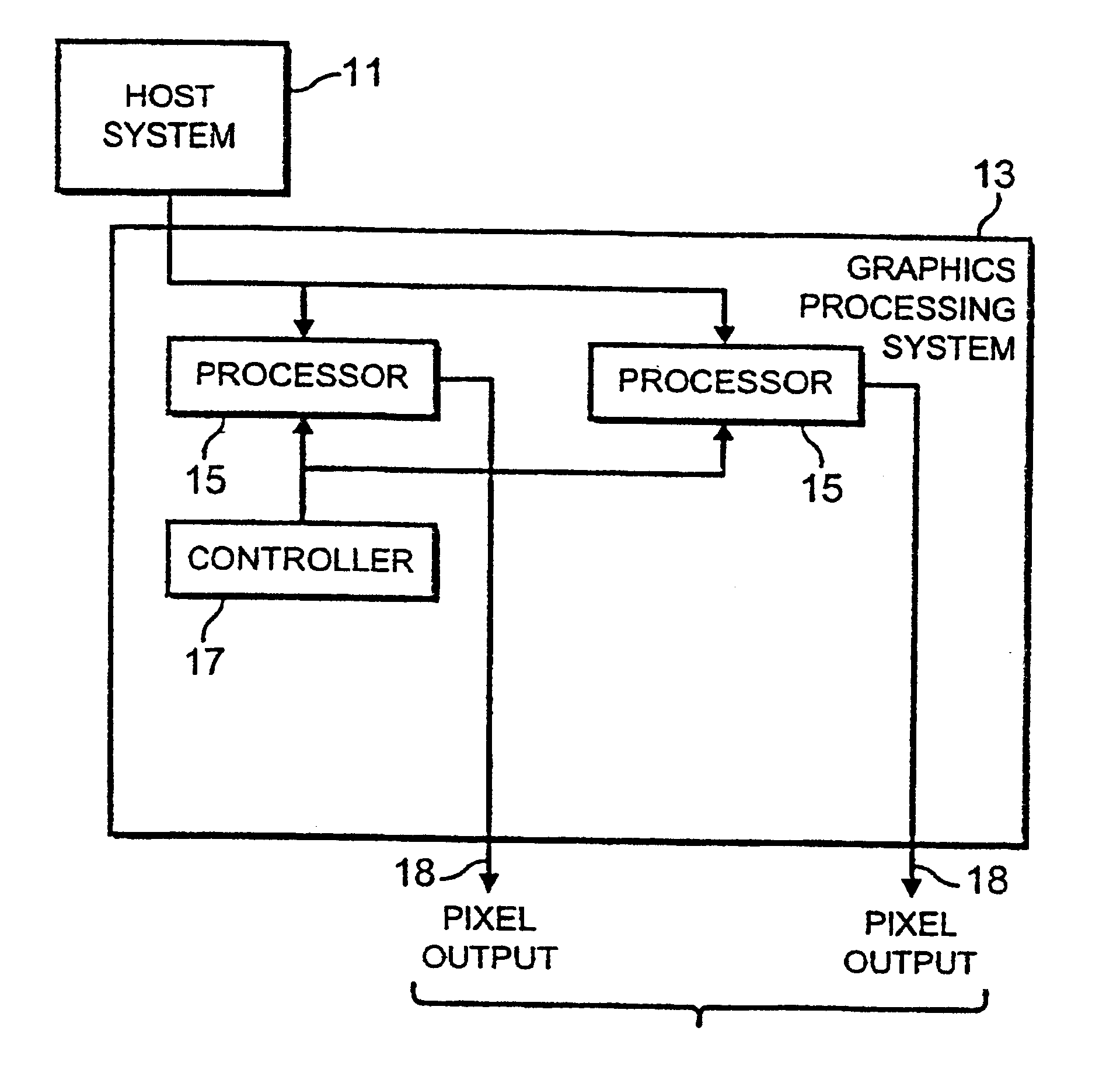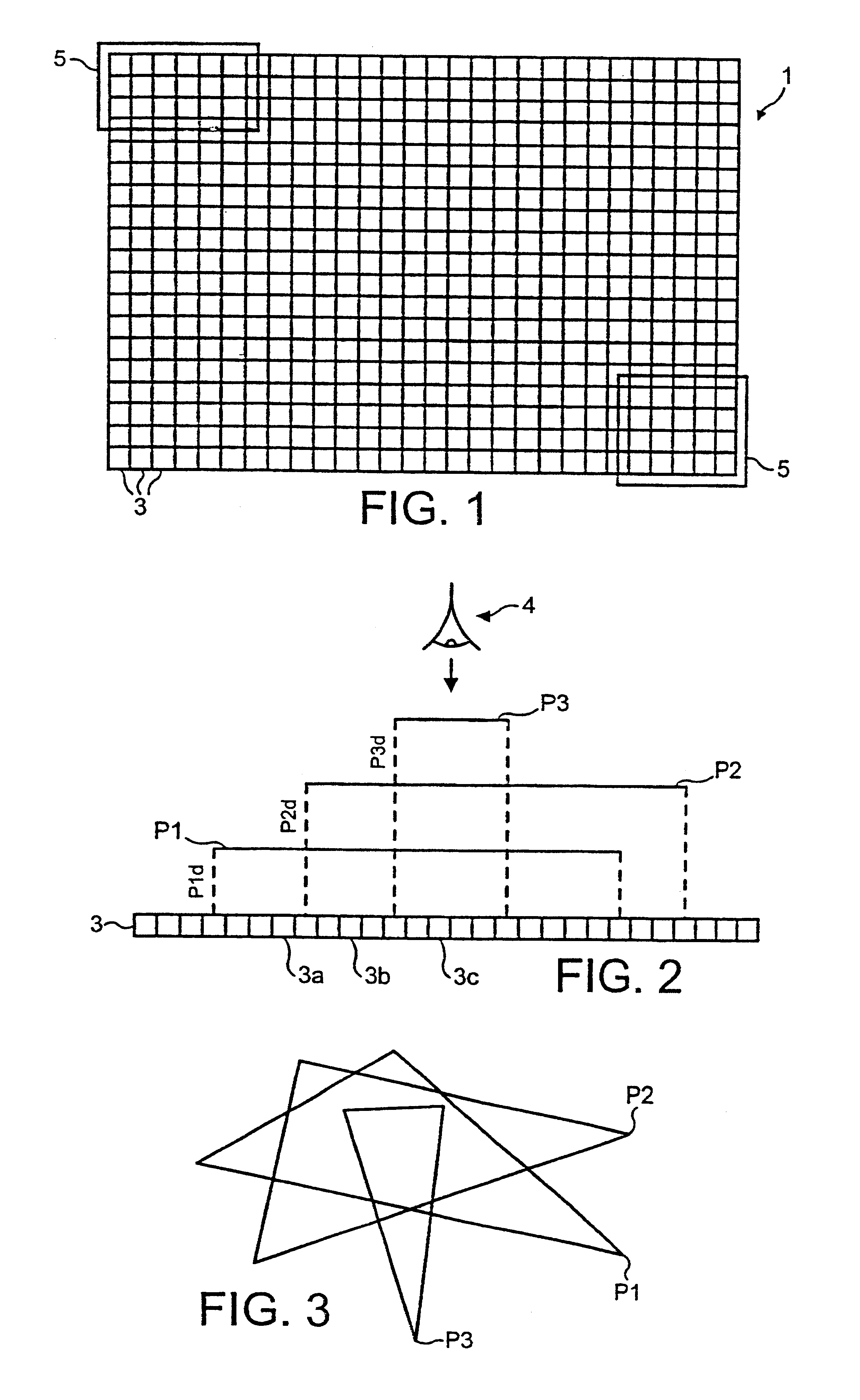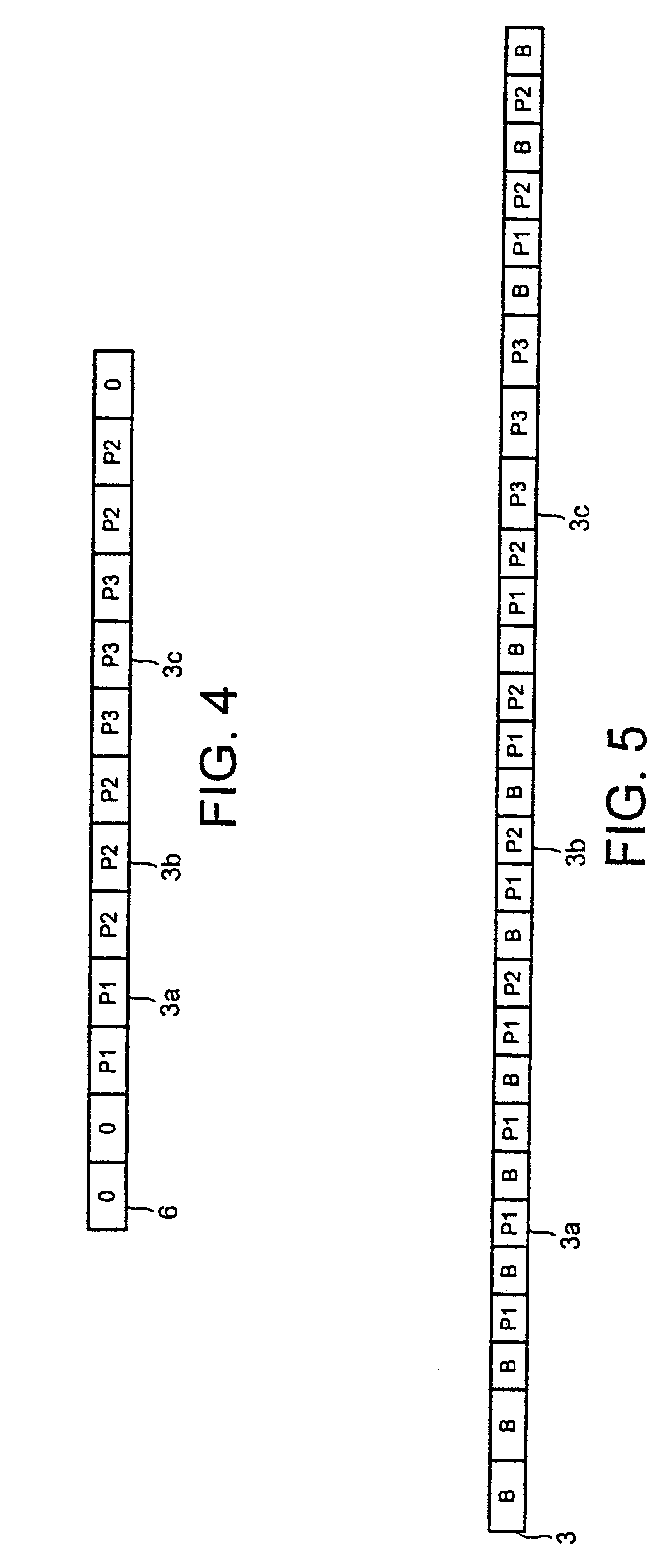Method and apparatus for SIMD processing using multiple queues
a technology of simd processing and queues, applied in the direction of program control, general purpose stored program computers, instruments, etc., can solve the problems of low utilisation of multi-processor designs, many operations would be unnecessary, and it is not practicable to defer blending with the deferred shading process
- Summary
- Abstract
- Description
- Claims
- Application Information
AI Technical Summary
Benefits of technology
Problems solved by technology
Method used
Image
Examples
Embodiment Construction
[0131]FIG. 6 of the accompanying drawings illustrates a graphics processing system including a host system 11 connected to communicate with a graphics processing core 13. The graphics processing core 13 includes processor elements 15 and a controller 17. The processor elements 15 receive graphical primitive information from the host system 11 and control signals from the controller 17. The processor elements 15 operate to process the graphical primitive data in accordance with instructions from the controller 17 and to output information relating to properties of a respective pixel. FIG. 7 illustrates one of the processor elements 15 of FIG. 6 in more detail. The processor element 15 includes a processor unit 151, and a memory unit 152. The processor unit 151 may, for example, include an arithmetic logic unit and operates to process the data supplied by the host system, and the memory unit 152 is used as a local data storage area by the processor unit 151.
[0132]A method of processin...
PUM
 Login to View More
Login to View More Abstract
Description
Claims
Application Information
 Login to View More
Login to View More - R&D
- Intellectual Property
- Life Sciences
- Materials
- Tech Scout
- Unparalleled Data Quality
- Higher Quality Content
- 60% Fewer Hallucinations
Browse by: Latest US Patents, China's latest patents, Technical Efficacy Thesaurus, Application Domain, Technology Topic, Popular Technical Reports.
© 2025 PatSnap. All rights reserved.Legal|Privacy policy|Modern Slavery Act Transparency Statement|Sitemap|About US| Contact US: help@patsnap.com



